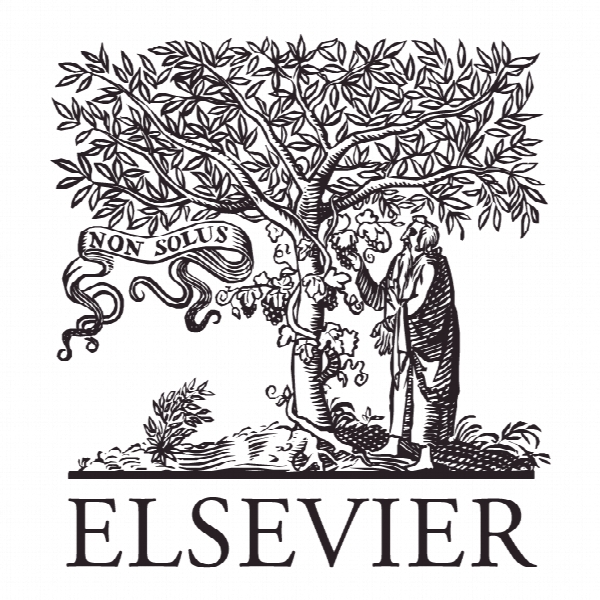بهینه سازی مسیریابی وسایل نقلیه توزیع دانه اضطراری با استفاده از الگوریتم بهینه سازی کلونی مورچه Routing optimization of emergency grain distribution vehicles using the immune ant colony optimization algorithm
- نوع فایل : کتاب
- زبان : انگلیسی
- ناشر : Elsevier
- چاپ و سال / کشور: 2018
توضیحات
رشته های مرتبط مهندسی کامپیوتر
گرایش های مرتبط الگوریتم ها و محاسبات
مجله محاسبات نرم کاربردی – Applied Soft Computing
دانشگاه School of Computer Science and Technology – Wuhan University of Technology – China
شناسه دیجیتال – doi https://doi.org/10.1016/j.asoc.2018.07.050
منتشر شده در نشریه الزویر
کلمات کلیدی انگلیسی grain emergency logistics; immune ant colony optimization; routing optimization
گرایش های مرتبط الگوریتم ها و محاسبات
مجله محاسبات نرم کاربردی – Applied Soft Computing
دانشگاه School of Computer Science and Technology – Wuhan University of Technology – China
شناسه دیجیتال – doi https://doi.org/10.1016/j.asoc.2018.07.050
منتشر شده در نشریه الزویر
کلمات کلیدی انگلیسی grain emergency logistics; immune ant colony optimization; routing optimization
Description
1 Introduction After centers for grain distribution in a disaster area has been established, vehicles are distributed from the distribution centers to the emergency grain demand points in the surrounding area, which is also known as “the last kilometer” problem [1]. Compared with traditional vehicle routing problem (VRP) problems [2,3], emergency grain vehicle distribution should meet the timeliness and dynamic changes in demand for grain at the demand points. In addition, the environment of the distribution process affects the routing of the distribution vehicles. Therefore, scheduling and distribution should be completed within the least amount of time when planning distribution routes according to the practical demand for food at different times and locations. It is necessary to find the optimal distribution route with the development of optimization techniques according to the needs of the demand points, delivery cost, and delivery time form a multi-objective optimization problem [4]. At present, due to its importance and complexity, routing optimization problem of vehicle scheduling has been studied extensively and many researches have been devoted to solving this problem by using multi-objective optimization techniques over the last decades. In terms of multi-objective approaches, metaheuristics approaches such as genetic algorithms (GA), ACO and IA have been widely developed to obtain approximately solutions for multi-objective problems. Stodola et al. [5] present the capacitated multi-depot vehicle routing problem, heuristic and metaheuristic algorithms were studied, and an original solution of the MDVRP problem by using ACO algorithm was obtained. Ben et al. [6] present multi-criteria optimization problem, in which three objectives including minimizing total travel distance, total tardiness time and the total number of vehicles, are considered. Huang et al. [7] proposed several novel hybrid ACO algorithms to resolve multi-objective job-shop scheduling problem, PSO algorithm was used for adaptive tuning of parameters, the real-world data was employed to analyze the performance of the developed algorithms. Khanra et al. [8] proposed a hybrid heuristic algorithm combining ACO and GA for single and multi-objective imprecise traveling salesman problems. The performance of the algorithm is tested and analyzed. Kumar et al. [9] developed MMPPRP-TW with two objectives. This study studied those objectives (minimization of the total operational cost and the total emissions) and solved the model by hybrid SLPSO algorithm. On the other hand, because of unconventional emergencies occurred frequently, which caused tremendous economic damages and attracted widespread concerns in the international community. Toregas et al. [10] present linear programming method to solve the locating problem of emergency facilities. Camacho-Vallejo et al. [11] presented a non-linear mathematical model for humanitarian logistics, which optimizes the decisions related to post-disaster international aids after a catastrophic disaster in a mixed integer linear programming format. Afshar et al. [12] proposed a comprehensive model to control the flow of relief goods. Tofighi et al. [13] brought up a two stage stochastic fuzzy model for emergency resource distribution in response to natural disasters, they considered the warehouse locations and distribution policy.


